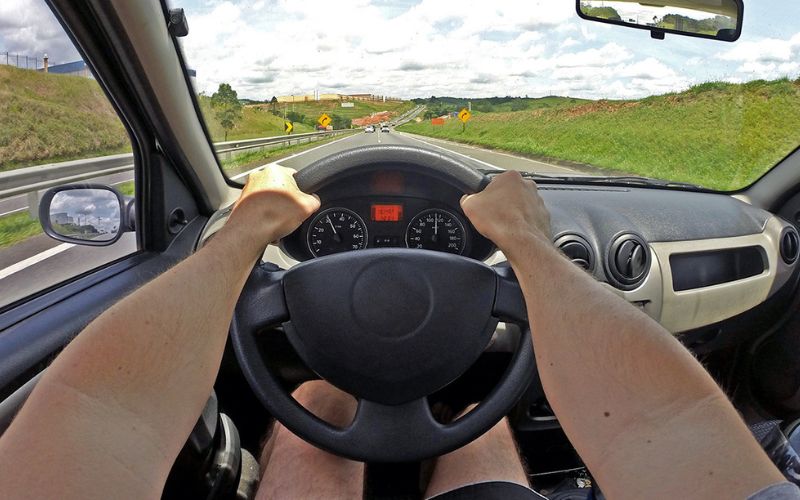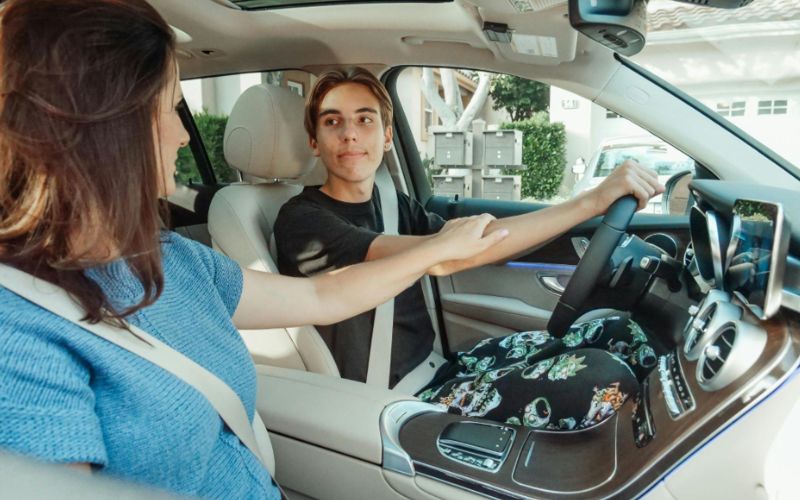Learning to drive is a huge milestone for teens—and a stressful one for parents. The freedom is exciting, but it also comes with big risks. Teen drivers are more likely than any other age group to get into accidents. And in places like Denver and other parts of Colorado, that risk often feels amplified by unpredictable weather, busy roads, and distracted drivers.
If you’re a parent of a teen driver—or a teen behind the wheel—it’s important to understand how liability works after a car accident. Who’s responsible? Can parents be held accountable too? And what happens if someone tries to blame your teen just because of their age? Here’s what you need to know.
Topic Summary
Understanding Legal Responsibility For Teen Drivers
In Colorado, teen drivers can be held legally responsible for car accidents just like adults. If they cause a crash, they may be liable for the damages, including medical bills, property repair, and emotional distress. But there’s another layer: if your child is under 18, you could also be held legally responsible as the parent or guardian.
This is especially true if the vehicle is registered under your name or if you’ve signed a liability agreement when your teen got their license. That means you might be named in a lawsuit, even if you weren’t anywhere near the scene of the accident.
It’s also worth noting that even when your teen is not at fault, they may still be blamed just because of their age or lack of experience. If you’re dealing with that kind of situation, it’s smart to get legal guidance. A Denver auto accident lawyer can help you understand what protections apply in your case and what steps to take next.
Why Teen Drivers Are At Higher Risk
Teenagers don’t cause more accidents because they’re bad people—they just don’t have enough experience yet. Driving comes with a lot of decision-making that’s hard to teach in a classroom. Most teens are still learning how to judge speed, respond to other drivers, and handle high-stress situations on the road.

The numbers show how real the risk is. In Colorado alone, there were more than 8,000 car crashes involving teen drivers in 2024. That breaks down to about 23 every single day. And sadly, the number of teen-related fatalities has gone up by nearly 60% in the last five years. Male teen drivers, in particular, are three times more likely to be involved in fatal accidents than female teen drivers.
Common Causes of Teen Driver Accidents
Many teen accidents are caused by one or more of these common factors:
- Speeding: It’s the leading cause of crashes among teen drivers.
- Distractions: Phones, music, friends—anything that takes attention off the road.
- Driving under the influence: Alcohol and drugs are a deadly combination behind the wheel.
- Lack of seatbelt use: A huge percentage of teen fatalities could’ve been prevented with a seatbelt.
- Nighttime driving: Teens are more likely to crash at night, especially during their first year of driving.
- Reckless or aggressive behavior: Trying to impress friends or just overestimating their skills.
These patterns aren’t about recklessness—they’re about inexperience. Knowing them helps parents and teens stay alert and take steps to stay safer.
What Happens If Your Teen Is Not at Fault
Sometimes, your teen does everything right—but still ends up in a crash. Other drivers or even the police might assume the teen is responsible simply because they’re young. This is unfair, but it happens more often than you’d think.
Here’s what you can do:
- Encourage your teen to take photos at the scene (if it’s safe).
- Make sure a police report is filed.
- Ask witnesses for contact information.
- Save all medical and repair records.
If the blame is being wrongly placed, you may need legal help to push back. The earlier you gather documentation, the better your chance of setting the record straight.
The Role of Colorado’s GDL Laws
Colorado uses a Graduated Drivers Licensing (GDL) system to help new drivers ease into full driving privileges. These rules exist to reduce distractions and keep young drivers safer during their first year behind the wheel.
Some of the main restrictions include:
- No driving between midnight and 5 a.m. for the first year.
- No passengers under 21 in the first six months (except siblings).
- Only one passenger under 21 allowed during the next six months.
- Zero tolerance for driving under the influence.
These laws have made a big impact—teen traffic deaths have dropped by nearly 50% since GDL rules were introduced. Parents can support this progress by talking about the laws, setting house rules that go beyond the legal minimum, and modeling safe driving themselves.
Legal Consequences After a Crash
If your teen is found at fault, there are several legal consequences to be aware of:
- Traffic tickets: These come with fines and possible court appearances.
- License points: Too many points can lead to suspension or revocation.
- Criminal charges: Driving under the influence, reckless driving, or serious injury cases can bring criminal penalties.
- Increased insurance rates: These can last for years, especially for young drivers.
Some of these penalties don’t just affect your teen—they affect your household budget, your legal exposure, and your peace of mind.
How Parents and Teens Can Reduce Risk
Here are simple ways families can reduce crash risks:
- Review and sign a parent-teen driving agreement.
- Keep practicing driving skills, even after the license is earned.
- Avoid letting teens drive in heavy traffic or bad weather until they’ve built confidence.
- Limit distractions—no phones, food, or rowdy passengers.
- Always wear seatbelts, every single time.
- Talk about the real consequences of tickets, accidents, and injuries.
- Check your insurance regularly and make sure your coverage fits your family’s needs.
Teen driving can feel scary—but it doesn’t have to stay that way. With the right preparation, support, and knowledge, parents and teens can face the road with more confidence. And if a crash does happen, don’t assume you have to handle everything alone. Whether your teen was at fault or someone else was, the right help can make a big difference.

